After searching through the internet and combining a few concepts, I was able to solve the problem that I had asked. In Keras, we can create custom callbacks that can be called at various points (start/end of epoch, batch, etc) during training, testing, and prediction phase of a model.
So, I created a Keras custom callback to store loss/accuracy values after each epoch as mlflow metrics like below.
class CustomCallback(keras.callbacks.Callback):
def on_epoch_end(self, epoch, logs=None):
mlflow.log_metrics({
"loss": logs["loss"],
"sparse_categorical_accuracy":
logs["sparse_categorical_accuracy"],
"val_loss": logs["val_loss"],
"val_sparse_categorical_accuracy":
logs["val_sparse_categorical_accuracy"],
})
I called this above callback during training of my model like below.
history = model.fit(
features_train,
labels_train,
batch_size=BATCH_SIZE,
epochs=EPOCHS,
callbacks=[CustomCallback()],
validation_split=0.2
)
The keras custom callback stored all the values during training after each epoch which I was able to see as a graph in mlflow UI like below.

